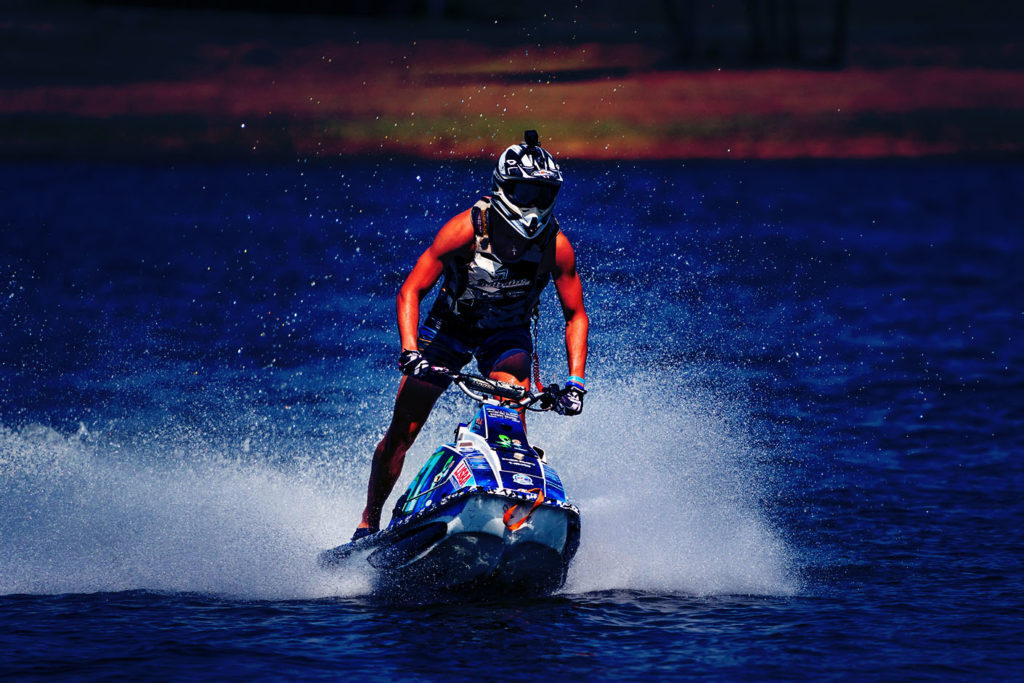Running a jet ski out of water, also known as dry starting or dry running, can cause significant damage to the watercraft’s internal components.
Here are the main reasons why it’s harmful…
- Cooling System Damage – Jet skis rely on water from the surrounding environment (freshwater or seawater) to cool the engine and exhaust system. When started of water, the cooling system cannot function properly. This can lead to overheating of the engine and exhaust components.
- Impeller Damage – The impeller, which draws water into the jet ski’s pump system, requires water to operate smoothly. Running the jet ski out of water can cause the impeller to spin without lubrication, damaging or wearing the impeller and pump.
- Seal Damage – Seals and gaskets designed to keep water out of critical components can be compromised when the jet ski is run without water. This can result in leaks or water ingress into places where it shouldn’t be, potentially causing rust or corrosion.
- Electrical System Risks – Some jet skis may have electrical components cooled by water. Running these systems dry can lead to overheating or electrical failures.
- Overall Mechanical Stress – Jet skis are designed to operate in water, where buoyancy and hydrodynamic forces support their structure. Running them out of water can subject the hull and other components to stresses they are not designed to handle.
Running a jet ski out of water can cause severe and expensive damage to its engine, cooling system, impeller, seals, and other components. Start and operate a jet ski in water to ensure proper cooling and lubrication of its internal systems. Suppose you suspect your jet ski has run out of water accidentally. In that case, it’s advisable to have it inspected by a qualified technician to assess any potential damage and make necessary repairs.



